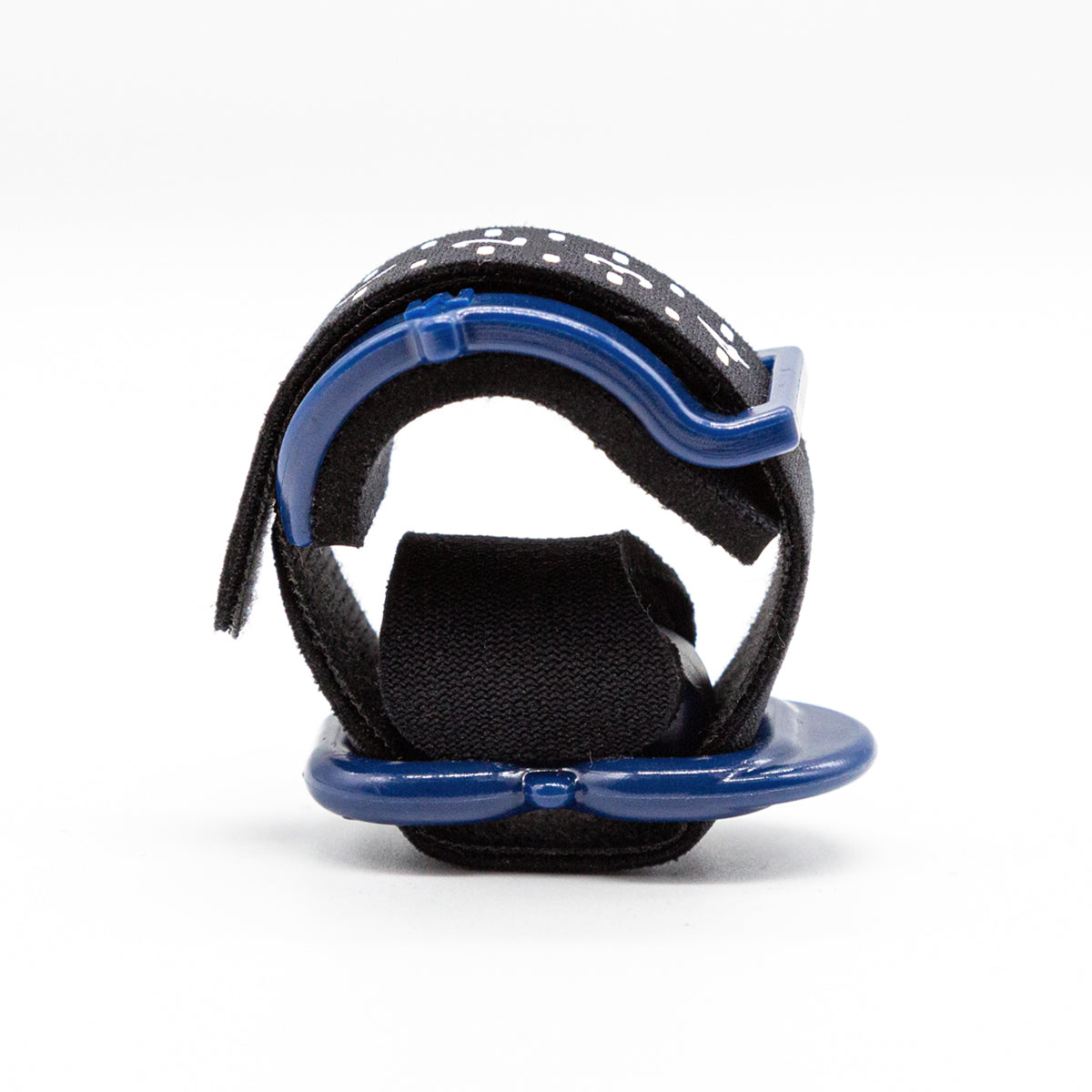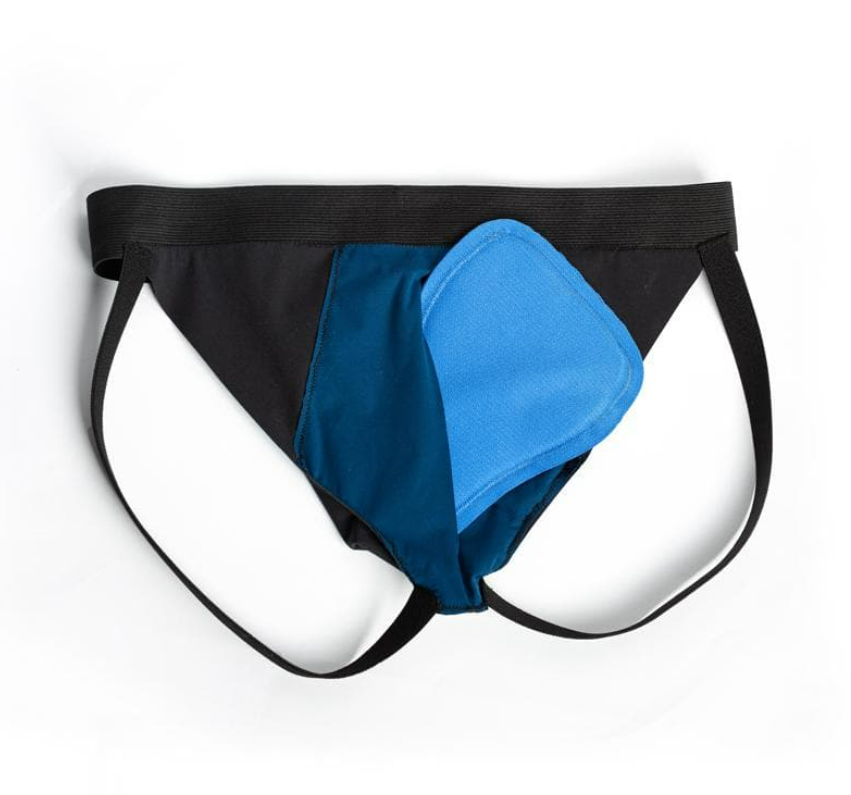What are AMS 800 and Incontinence Devices?
AMS 800 Artificial Urinary Sphincter
The AMS 800 is a urinary control system that helps with incontinence and was designed to be discreet and comfortable for the user, but it is not suitable for all patients and is an invasive procedure.
The AMS 800 system consists of three parts:
- An occlusive cuff
- a control pump
- a balloon which adjusts pressure
These components are attached by tubes and are loaded with a sterile solution while the cuff works like a regular sphincter, squeezing the urethra closed to prevent the bladder from leaking urine.
Incontinence Clamp
While an Incontinence Cuff or Clamp, such as the Pacey Cuff, is an externally applied device that can be worn by people who are experiencing urinary incontinence.
Our cuff is designed to stop urine from leaking out of the body and works by pressing on the urethra and holding it closed for as long as needed. The person can release pressure with a squeeze or push of their hand.
AMS 800 vs Incontinence Devices
These two options may be seen as competing technologies but in fact are fully supportive of each other. The decision to have a surgical procedure depends on general health and personal financial situations so it is extremely beneficial to have a low-cost, effective alternative to use while waiting.
An incontinence cuff/clamp is a particularly useful adjunct to treatment plans aimed at placing an AMS 800 artificial urinary sphincter (AUS) as management of urinary incontinence post treatment.
As stated by Boston Scientific themselves, the AMS 800 urinary control system:
is not for patients who are determined by their doctor to be poor surgical candidates, have permanent blockage of the lower urinary tract or who have uncontrollable contraction of the bladder.
Figure 1: This shows the various components of the surgically implanted sphincter device.
i. The control pump and valve is normally placed in the scrotal sac with a reservoir placed near the bladder in the extraperitoneal space where it can function without any perceptible feeling.
ii. The incontinence cuff is applied around the urethral channel where it can apply pressure to stop urine flow.

AMS 800 vs Incontinent Devices - Which One is Better for My Needs?
Usually there are several phases of use of the incontinence device, below a few different scenarios to consider.
- Post surgery, after catheter removal. There will be a period of 3-12 months before sphincter resumes its normal function. During this time, one may use an incontinence device as directed by their surgeon to control dribbling.
- Post surgery, at the end of 12 months. At this time there will be a residual 5-15% of patients who fail to recover control with the sphincter. This group of patients must decide how they will adapt to the leakage problem. Often, surgeons will propose placement of an Artificial Urinary Sphincter (AUS) type of device like the AMS 800.
- An incontinence device could be an asset while waiting for this implant to take place. In some cases, users have found enough control of their incontinence to forego the surgery altogether!
- At times, there is need to adjust or replace the implant (up to 30 %). When leakage becomes a problem again, the incontinence device can back up the internal sphincter device and allow for a leisurely decision to be made.
Having an incontinence device as backup is a strong asset for the patient to regain control during these phases of treatment.






